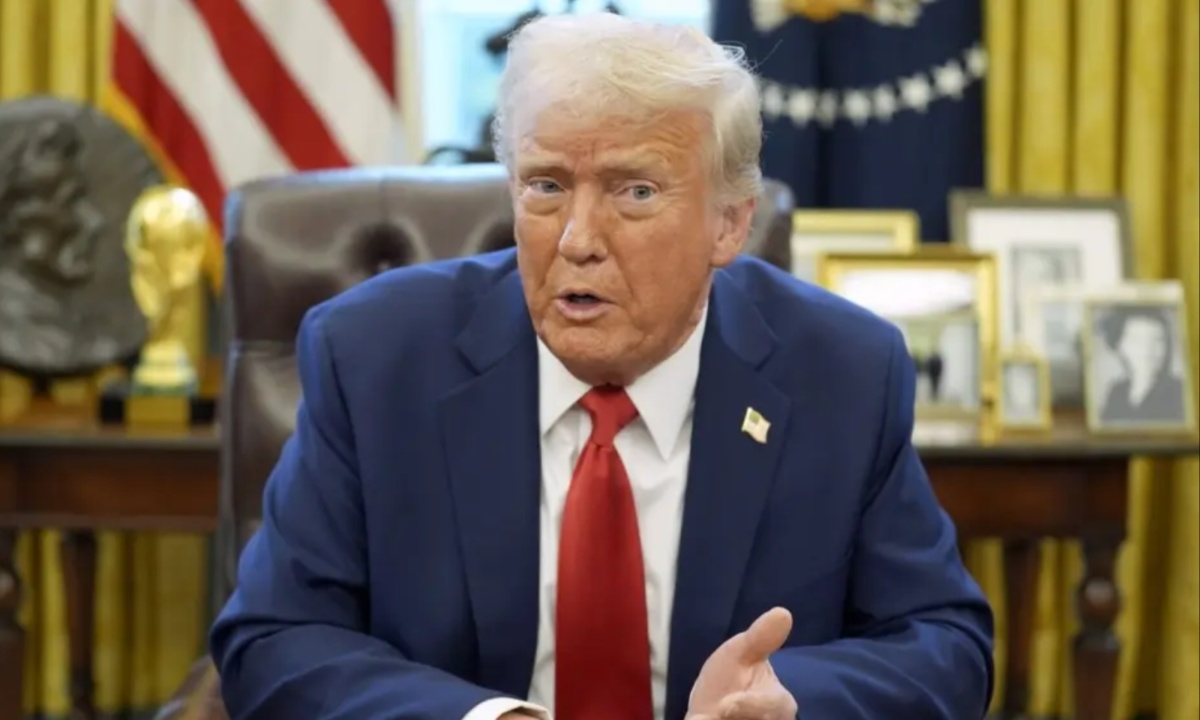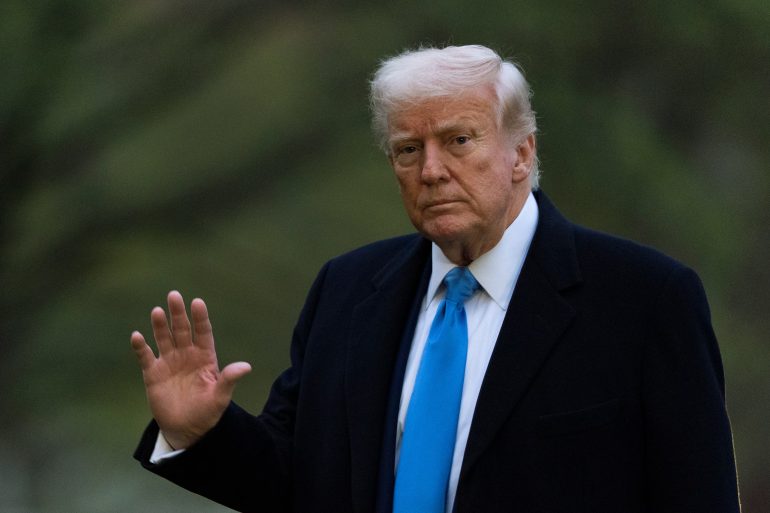On Thursday, April 10, investor focus shifted to China as President Trump raised tariffs on Chinese imports to 125%. This move came ahead of the release of March economic data and added to existing concerns regarding China’s economic trajectory.
Deflationary pressures were already visible, sparking doubts about whether China could meet its GDP growth target of approximately 5% by 2025. These concerns were compounded by weaker-than-expected inflation data in March, signaling potential challenges for the Chinese economy.
Persistent Deflation and Falling Producer Prices Underscore Weak Domestic Demand in China
China’s inflation rate fell by 0.1% in March, following a 0.7% drop in February, further reflecting the nation’s ongoing deflationary struggles. Economists had expected a slight increase in inflation, but the data revealed a deepening deflationary environment. Consumer prices slipped 0.4% on a monthly basis, continuing the downward trend seen in February. This persistent deflation suggested that domestic demand remained weak, underscoring concerns about China’s economic health.

The picture worsened with producer prices, which fell by 2.5% year-on-year in March after a 2.2% drop in February. As a key inflation indicator, declining producer prices point to weakening demand in the manufacturing sector. Producers are reportedly lowering prices to cope with reduced demand, passing on the savings to consumers. This trend highlights an ongoing challenge for China as it grapples with sluggish domestic demand and the broader economic impacts of the US-China trade war.
Market Volatility and Tariff Concerns Impact Financial Markets and Global Trade Dynamics
Financial markets reacted swiftly to the March inflation report, reflecting concerns about China’s economic fragility. The Hang Seng Index initially surged 2.69% in response to President Trump’s tariff announcement but then experienced volatility following the release of weak inflation data. The index briefly climbed to a high of 20,910 before falling to 20,739.
The Australian Dollar (AUD) also reacted negatively, as China’s economic situation has significant implications for Australian exports, particularly given the tariff impact on trade.
The focus remains on tariffs, particularly after President Trump announced a blanket 10% tariff on non-retaliating countries, while raising tariffs on Chinese goods. These developments may drive up consumer prices, potentially influencing the Federal Reserve’s policy stance toward a more hawkish approach.
The increase in tariffs could lead to higher inflation, which might dampen consumer spending in the US. Additionally, concerns remain about potential Chinese retaliation, which could further weaken market sentiment and impact key global financial markets, including the AUD/USD currency pair and Hong Kong-listed stocks.

